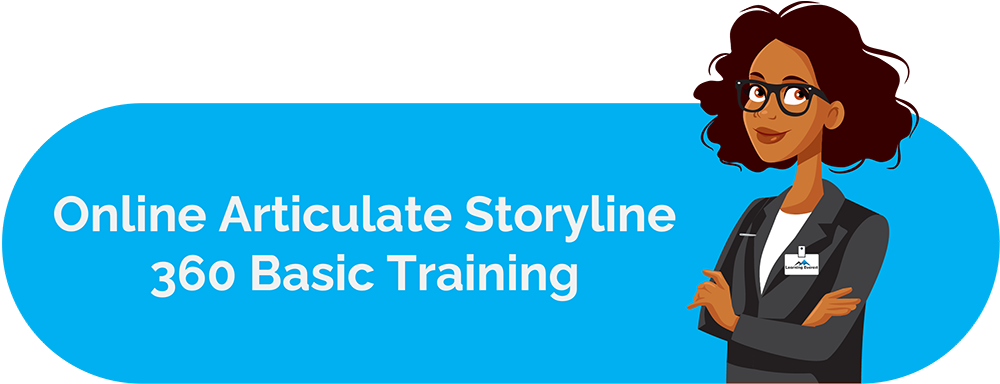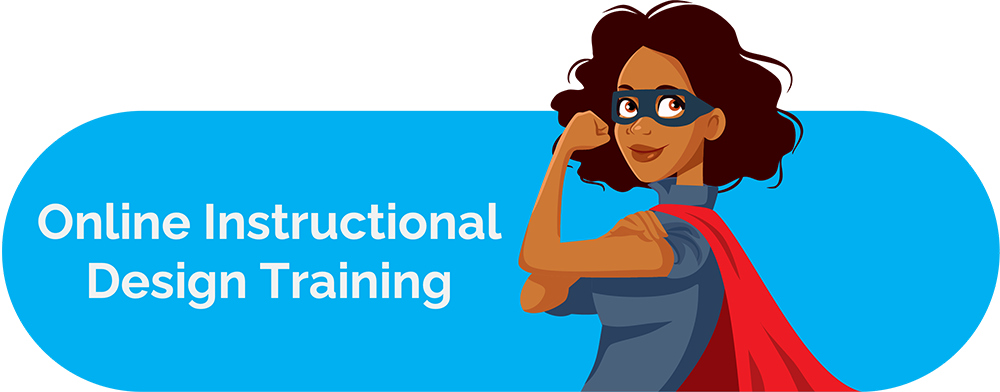Educating adults is an entirely different matter when compared to educating children. Training adults is not at all an easy job. You have to walk a fine line between being firm and giving them a little slack. This is where Adult Learning Theories come in. These theories lay out the guidelines that will help educators create a successful training course.
In this article, we’ll be taking a look at some of the popular adult learning theories out there, and hopefully, it will help you decide which one suits your needs the best.
What are adult learning theories?
Adult learning theories are developed from the idea that adults learn differently from children. Adults are able to direct their learning process. They have the ability to learn skills that they can apply in their day-to-day life. Since they are also self-motivated, they work to achieve their goals. They can also use their life experiences to deeply understand a concept. However, there is no unified adult theory. There are different theories that are suitable for the training needs of different organizations. You can study the theories to better know what motivates an adult to learn and what will be a great strategy to teach them.
1. Andragogy
Andragogy was developed in 198 by Malcolm Knowles. It is described as the art and science of educating adults. There are four main principles to andragogy:
- Adults want to or need to be involved in the planning, delivering and execution of their learning. They have to be able to control what, when and how they will learn.
- When adults can use their past experiences including their mistakes in the learning process, they are able to gain more. They can use the past experiences to add a greater context to the learning.
- Adults can’t be forced to memorize facts and figures. They have to be able to use reasoning to take in the information and to solve problems.
- Adult learning is more problem-centered than content-oriented. This basically means that adults want to use the knowledge that they have acquired sooner rather than later.
Examples of Andragogy:
To train volunteer leaders and the candidates for the Board of Directors, Farm Bureau a rural service organization used an andragogic approach. Participants interact with the training programs to set objectives and learning goals. The learners are encouraged to actively participate and apply the knowledge in a practical sense.
2. Transformational Learning
Transformational learning was developed by Jack Mezirow in 1978. This theory was developed on the assumption that learners use different beliefs, assumptions, and expectations to make sense of their world. Transformative learning helps the learners to change the way they think about themselves and the world around them. This is achieved through a process of self-reflection, problem-solving and procedural tasks. When the learners face a ‘disorienting dilemma’, it will challenge and change their existing beliefs and will force them to use their critical thinking skills. This will change the learner’s perspective about a lot of things like their behavior, interaction, and problem-solving skills.
This type of learning has often come under fire for prioritizing rationality over emotions, relationships, and culture. It has also been criticized for being blind to context.
Examples of Transformational Learning:
A company called Workforce Council sponsored a group of 12 learners to pursue a degree in Executive Leadership course which was offered by an Australian University. Transformational learning was used to bring about changes in their organizational processes and systems. The learning materials used in the training program were uploaded on the universities website. The program also included consultations at their workplace and regular e-mails.
3. Experiential Learning
Experiential learning was developed by David Kolb in the 1970s. It was based on the work by John Dewey, Kurt Lewin and Jean Piaget. Experiential learning puts the learner at the center of the learning experience.
The learner has to actively participate in the learning process. They get the ability to reflect upon their experience to further develop the knowledge that they have learned. By doing this they also get to consider the successes and failures of the learning process so that you can further develop for the next learning activity. Therefore, the four elements of experiential learning are active involvement, reflection upon practice, conceptualization of the experience and the use of knowledge gained from experience. Organizations use experiential learning to teach customer service, professionalism, or supply chain management.
Experiential learning has been criticized on the basis of the overemphasis on individual knowledge sacrificing social context.
Example of Experiential Learning:
The College of St. Bernard partnered with Capitol One to mentor students in a global strategy course that is highly advanced. Research and hands-on work has to be done by the students to resolve real-world challenges and business problems. Mentors only provided them with advice and guidance.
4. Project-based Learning
Project-based Learning was developed by John Dewey in 1897. His theory was based around the idea of learning by working that too usually in a group. This helps the learner to acquire deeper knowledge by applying real-world issues.
Project-based learning encourages the learners to continually review their results and obtain feedback. The constant application of the knowledge in this type of learning allows the learners to retain their knowledge in the long run. Skills like critical thinking, communication, and problem-solving are to be used in this type of learning. To integrate this theory into their learning systems, a company can create environments where groups can meet to discuss and solve real-world problems. Instructors act as guides and facilitators to allow the groups to develop their knowledge. This theory has many similarities with Phenomenon-based learning.
Examples of Problem-based Learning:
The management at a construction company decided to adopt a new project management tool and assigned different groups of subcontractors to learn to use the software. They did this because they realized that they could significantly decrease project time frames and increase the motivation and commitment of their employees. They were able to see how their inputs and feedback could directly drive the success of a project.
5. Action Learning
Action Learning was developed by Reg Revans in 1982 on the principle that taking actions and reflecting on the results is the best way to solve problems. The main goal of action learning was to improve the process of problem-solving resulting in the simplification of the solutions. The first part is to ask important questions to clarify the problem. The next step is to review and identify the possible solutions and then take action. Asking questions help build cohesion and co-operation among members which in turn helps foster innovative ideas and improve learning results. A mentor should be present who will help the group to learn and work more effectively.
Example of Action Learning
Florida Power and Light (FPL) put together a group of people from different areas to solve a problem that was plaguing them. They were facing difficulties with their power generation systems and were unable to convert energy to electricity. The group was able to solve the issue by collaborating with each other which in turn boosted their problem-solving skills. As a result in 1990, FPL became the first U.S Corporation to earn Deming Prize for Quality.
Conclusion
Adult learning theories can be used by instructional designers to improve the courses that they have designed for adults. Maximum engagement and results can only be obtained if you choose the right approach that is suitable for your organization. That said, choosing the right learning system will go a long way in making sure that your workforce is well-informed, competent, and efficient.





